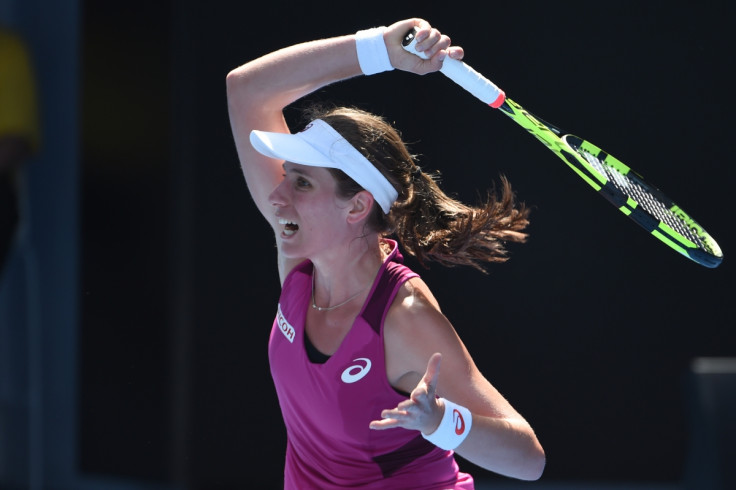Johanna Konta: British tennis' latest star must build on Australian Open success

Johanna Konta's route to the Australian Open last four was typically un-British. With barely a hiccup or a scare – perhaps helped by the top seeds folding in the opening rounds – the 24-year-old reached the last four with relative ease and without the drama which normally accompanies even the greatest of sporting narratives to hail from the United Kingdom.
The Sydney-born right-hander is not your traditional front-runner in the modern-day women's game. She does not possess one outstanding shot or trait; an equal to Serena Williams' power, Agnieszka Radwanska's court coverage or Maria Sharapova's forehand. Konta is in many ways a jack of all trades, solid at the baseline, hits a heavy ball and gets about the court impressively at 5ft 9ins.
Fine displays at back-to-back grand slams have bookended an impressive end to the 2015 season and with a place in the world's top 30 now assured, there are strong foundations on which to build the rest of her career; a familiar story for British females in recent years. Heather Watson and Laura Robson, both once regarded as the future of the game, have been beset with problems since breaking into the sport's elite.
Robson, the Olympic silver medallist and a former top 30 player with two last 16 appearances at grand slams, has won just one singles match in the main draw of a tour event since October 2013 after being struck down by a wrist injury. Now ranked outside of the world's top 500, the 22-year-old is not the only tale of pain for British tennis.
Watson, twice a winner on the WTA tour, has failed to recapture her best form since contracting glandular fever in 2013. It essentially took two years out of her career as she struggled on with the condition prior to it being diagnosed and then took time to recapture the strength and endurance which defines her game. The Guernsey-born player has won five singles matches in her last 12 grand slam tournament appearances, with eight first round exits. Her near-miss against Serena Williams at Wimbledon was a brief flirtation with her best form.
Though Robson and Watson can rightly argue their plight has been effected by factors largely out of their control it must also be levelled against them that they have failed to discover the consistency required to live among the elite in the sport. Robson may be still finding her feet back in the game yet she has failed to qualify for clay-court events in Wesley Chapel and Sunrise this year.
Rankings protection should ensure Konta has the opportunity to build on her success in Melbourne, but the big events in Indian Wells and Miami in March will be the first test of whether her foray in the higher echelons of the women's game can be sustained. The signs across the last six months are encouraging, but she requires focus and consistency to ensure her career is not remembered only for her performances Down Under.
© Copyright IBTimes 2024. All rights reserved.






